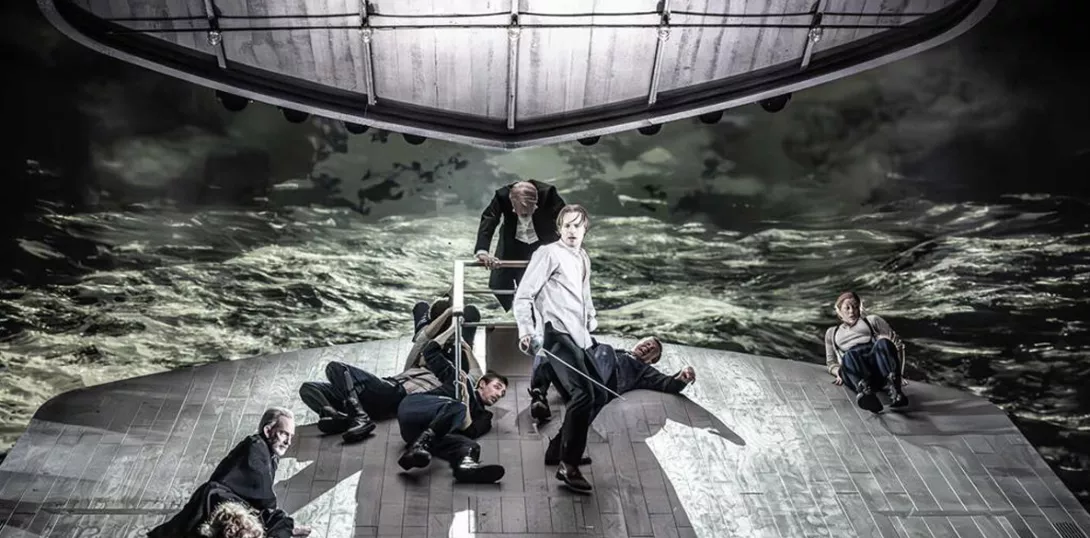GORDON PARSONS is bowled over by a skilfully stripped down and powerfully relevant production of Hamlet
The art of political liberation
DANIEL TESTER and ORLA McHALE survey the astonishing achievement of Donald Rodney, whose themes of racial injustice and institutional inequality are as relevant today as when he made them

Donald Rodney
Spike Island, Bristol
SUMMER is not in the air at Spike Island, Bristol, where the gallery hosts a major retrospective of the trailblazing Birmingham artist, Donald Rodney. Rodney, as a short film included in the exhibition reveals, rarely saw the summer sunshine, as his lifelong condition of sickle cell anaemia usually left him hospitalised throughout the season.
Rodney’s struggle with his condition, which would lead to his tragically early death at 36 in 1998, informs much of his work, which is dark, painful and unsparing, seeming to anticipate and confront a death that hectored him all his life.
More from this author
The phrase “cruel to be kind” comes from Hamlet, but Shakespeare’s Prince didn’t go in for kidnap, explosive punches, and cigarette deprivation. Tam is different.
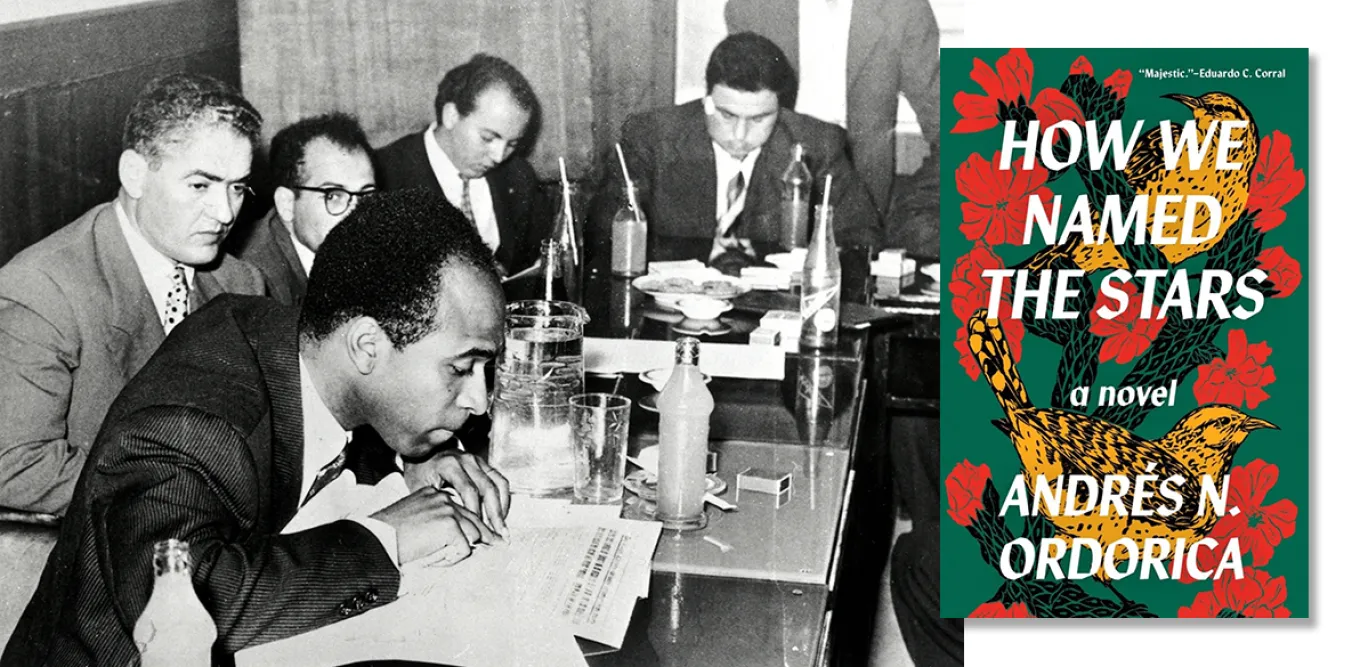
ANGUS REID deconstructs a popular contemporary novel aimed at a ‘queer’ young adult readership
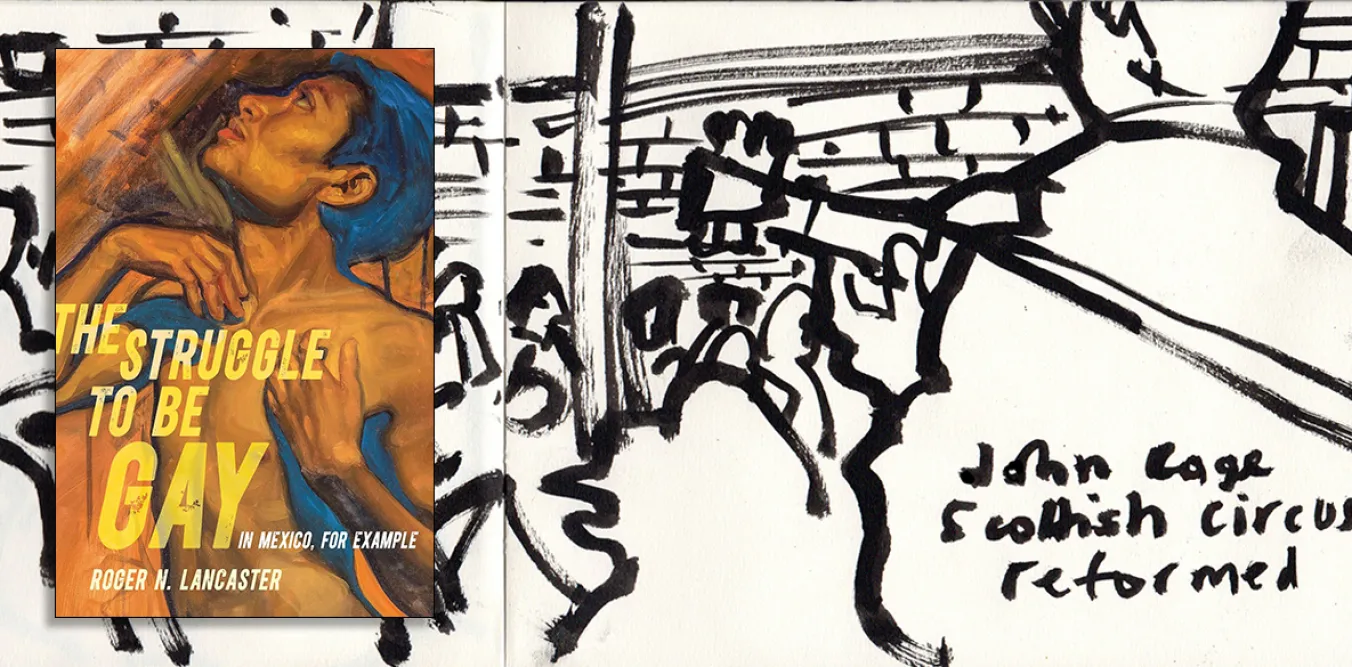
A landmark work of gay ethnography, an avant-garde fusion of folk and modernity, and a chance comment in a great interview
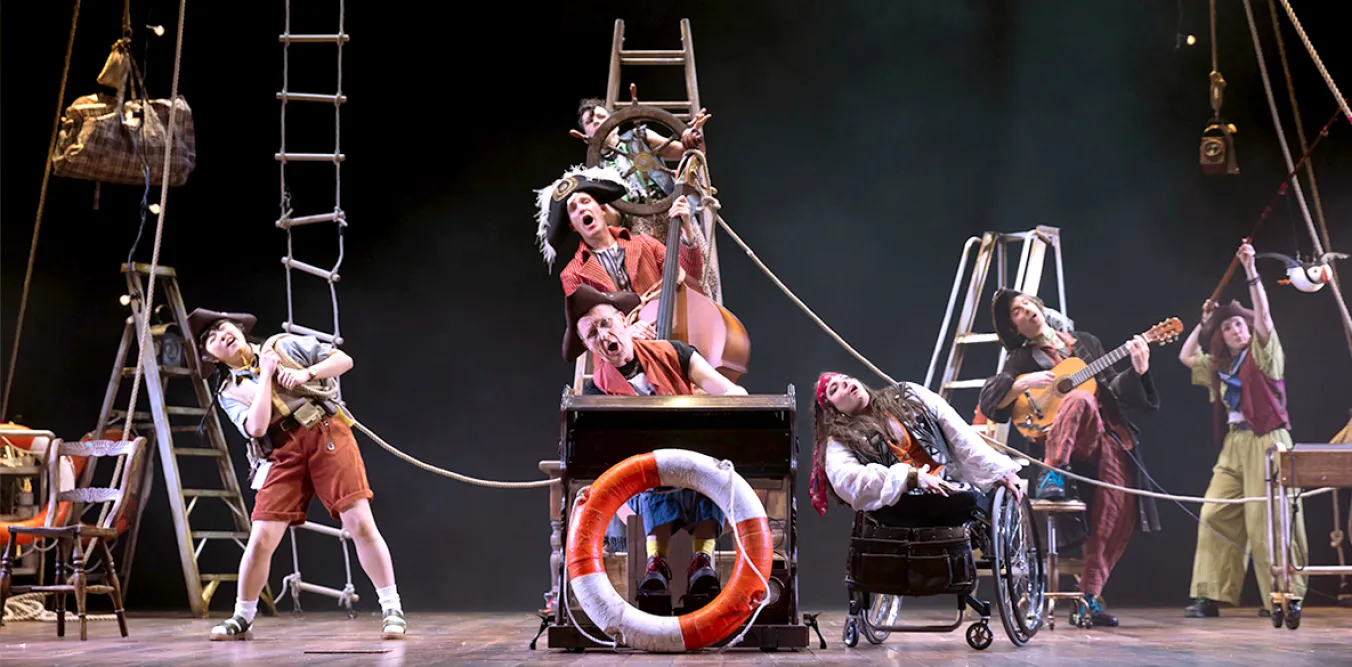
ANGUS REID applauds the inventive stagecraft with which the Lyceum serve up Stevenson’s classic, but misses the deeper themes
Similar stories
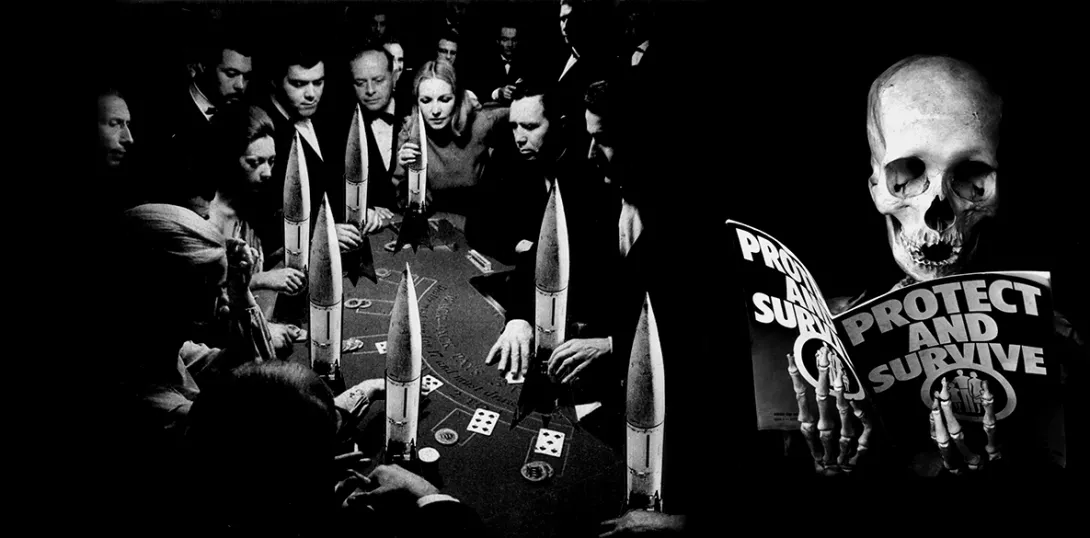
JAN WOOLF applauds art that has not only documented the anti-war and anti-capitalist movement but been an integral part of it
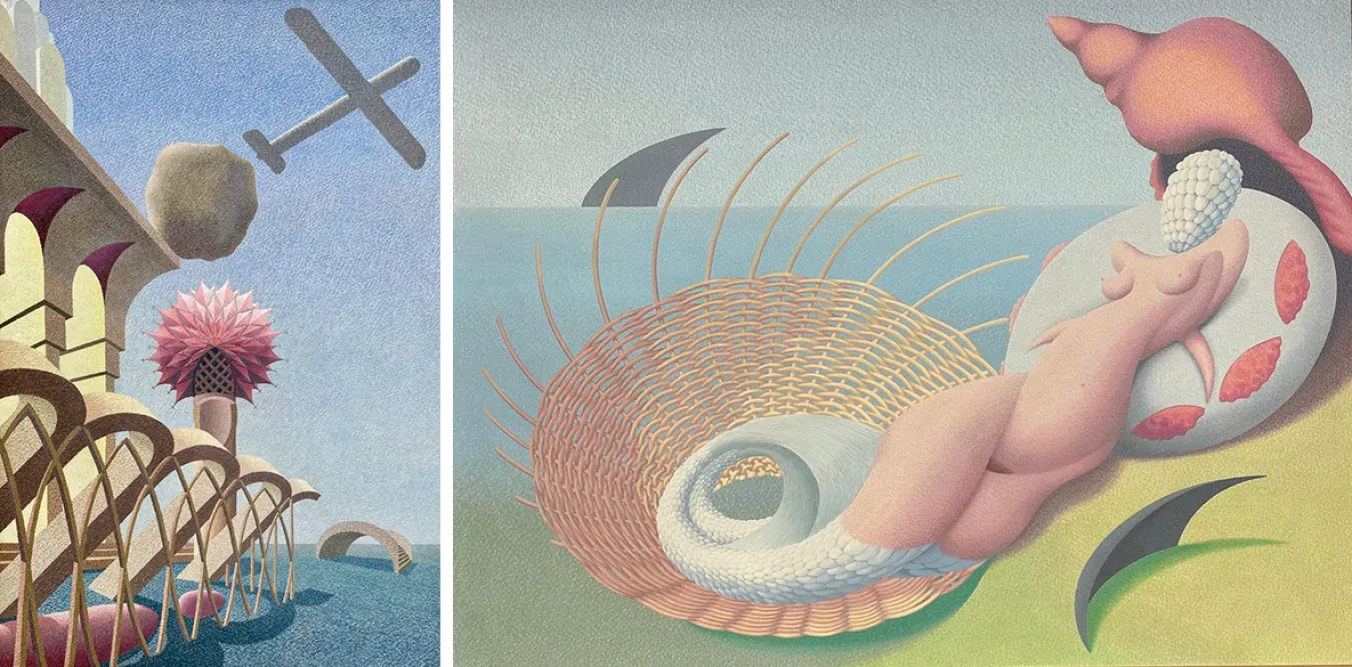
JAN WOOLF marvels at the dream-like forms of little-known English surrealist Henry Orlik, whose work reaches back to the traumas of war and migration
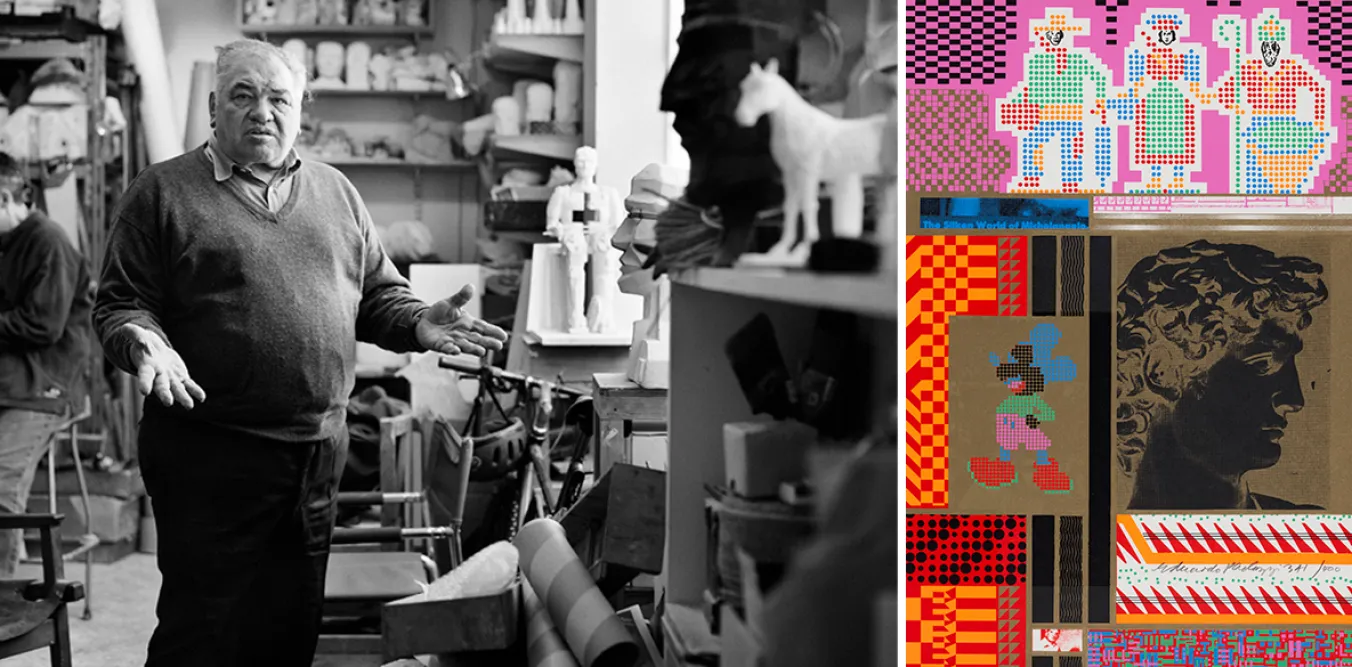
BLANE SAVAGE tours an exhibition that highlights the revolutionary work of Britain’s leading pop artist
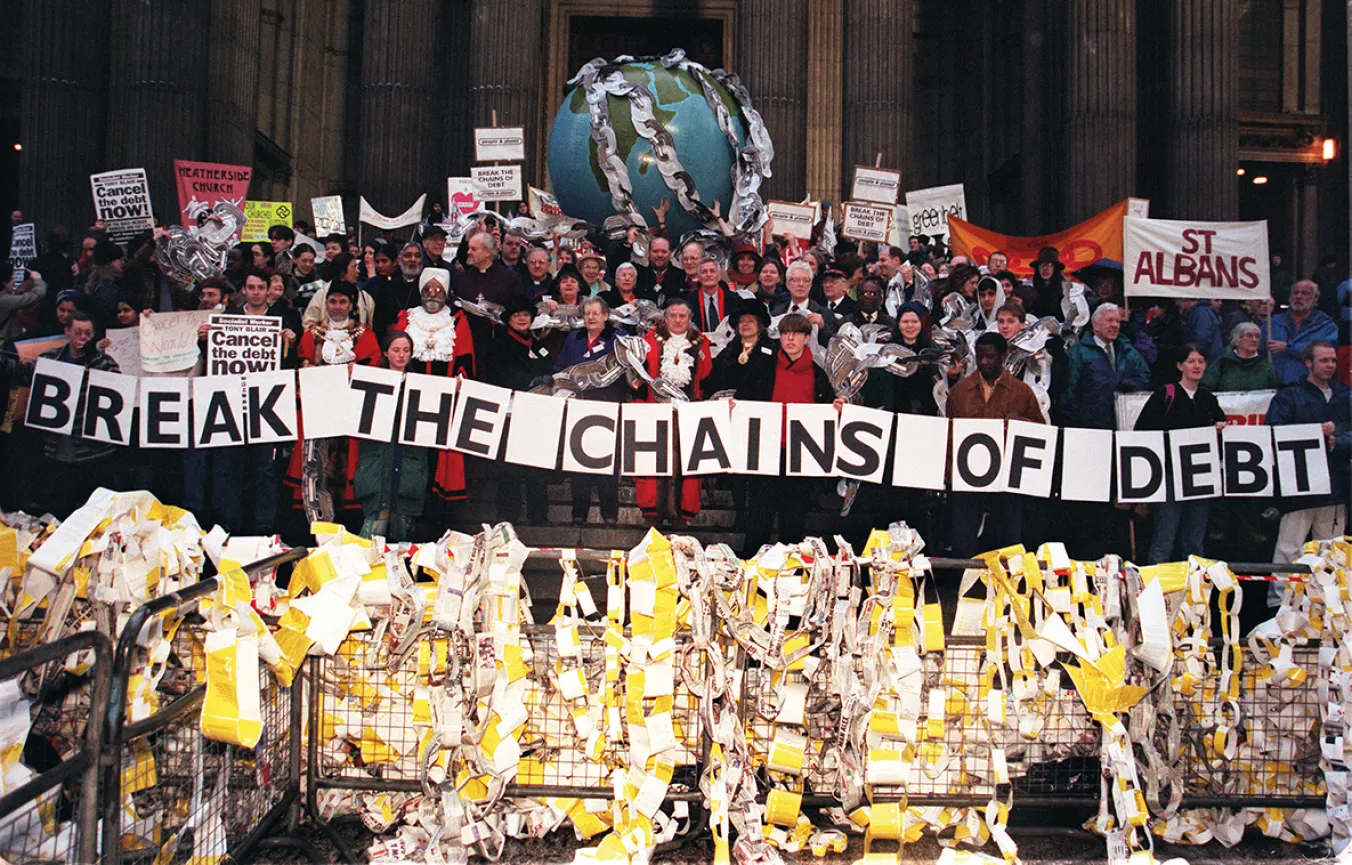
Dependency theory reveals the ‘hidden skeleton’ underpinning capitalism today, writes the MARX MEMORIAL LIBRARY


